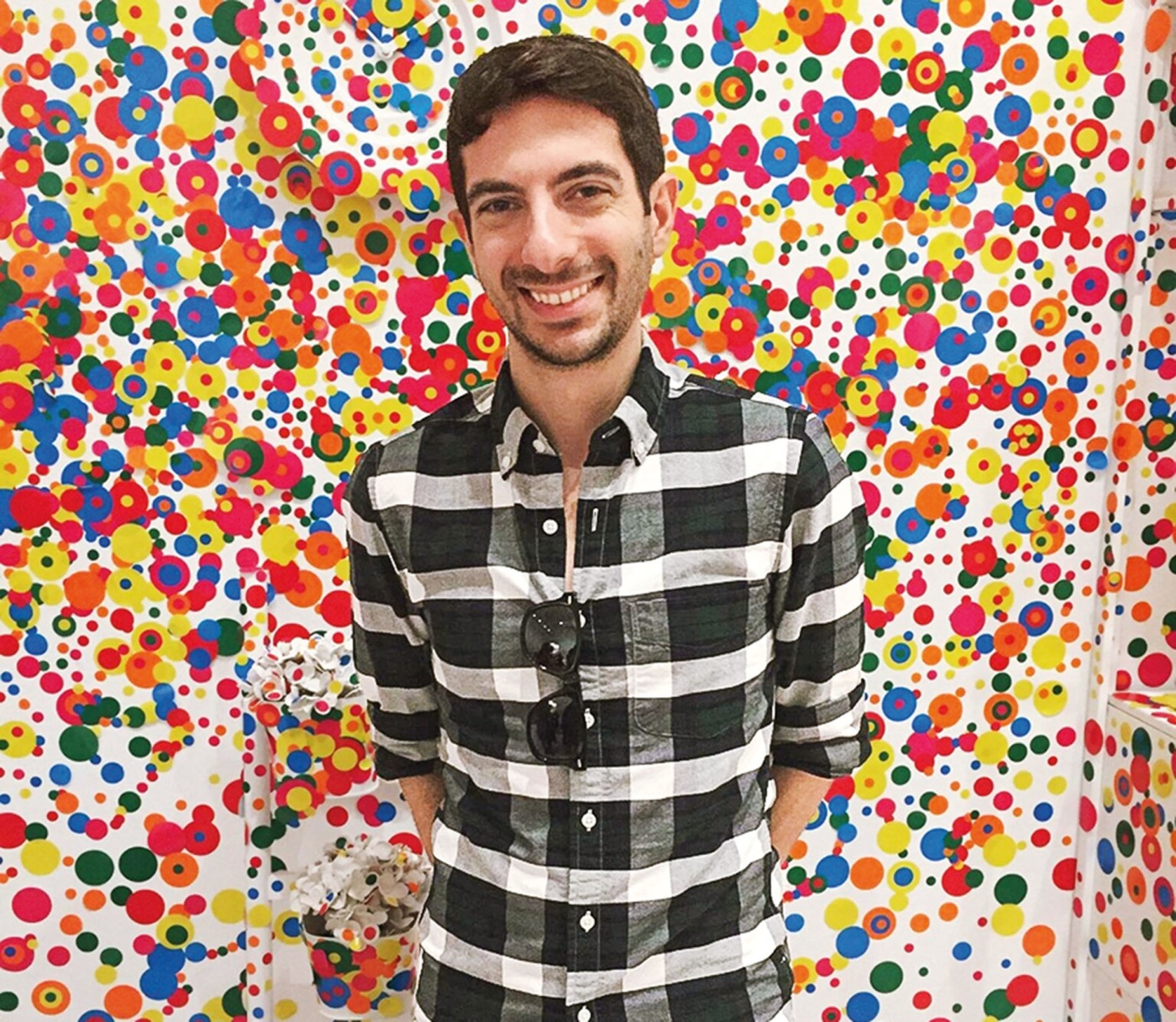Can an MRI Predict anxiety?

To gain a clearer picture of the risk factors, mechanisms, and predictors of depression and anxiety in children and adolescents, Dr. David Pagliaccio ’10 ScB and his team frequently use magnetic resonance imaging (MRI). Pagliaccio, a research scientist at the New York State Psychiatric Institute and assistant professor of clinical neurobiology at Columbia University, heads a handful of ongoing research projects designed to examine emotion, social behavior, and brain function in adolescents. To analyze predictors of adolescent depression, Pagliaccio and his peers are using four assessment methods with study participants, including electroencephalogram (EEG), eye tracking, heart rate measurement tools, and an option of one MRI scan. Study participants complete a baseline clinical assessment assessing stress and brain factors in suicide risk, followed by the MRI. Additionally, a research app enables the team to collect data about the study participants’ smartphone use. As a gay neuroscientist, Pagliaccio has been focused on inclusion in science. “Throughout my career,” he writes on the website 500queerscientists.com, “I have been very lucky to find open and supportive mentors and lab communities. I hope to pass this on to future scientists and to help foster visibility and community for LGBTQ people in STEM.”





